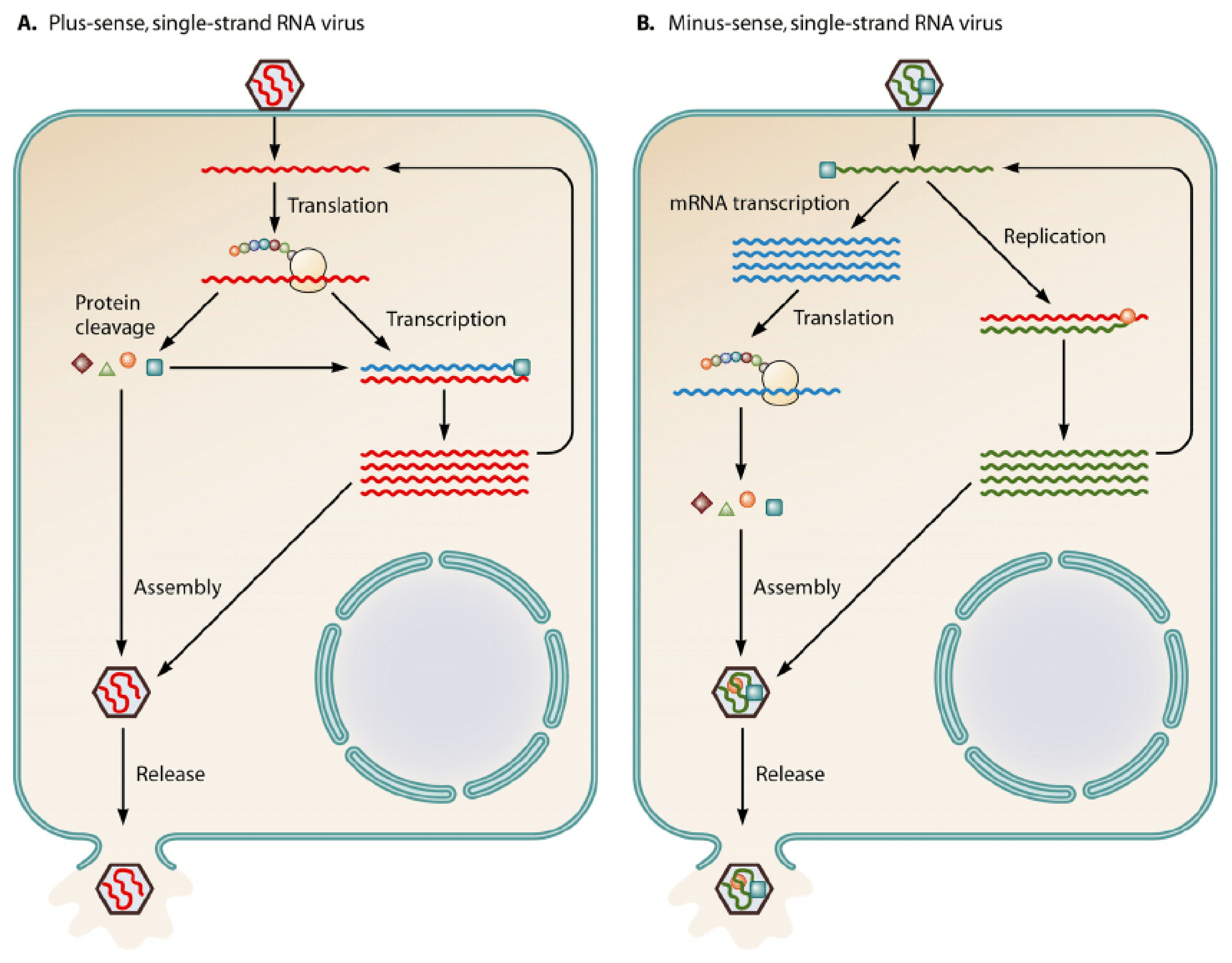Viruses, Viroids, and Prions
1/14
There's no tags or description
Looks like no tags are added yet.
Name | Mastery | Learn | Test | Matching | Spaced |
|---|
No study sessions yet.
15 Terms
What are Viruses?
Definition: An infective agent consisting of nucleic acid surrounded by a protein coat, capable of replication ONLY within the living cells of bacteria, animals, or plants.
Characteristics:
Replicate inside hosts using host metabolic machinery
Genomes consist of nucleic acid, DNA, or RNA
Cannot carry out metabolic rates or reproduce independently
No membrane-bound organelles or cellular membrane
Do not grow in size, respond to direct environment, or follow the Central Dogma

Viral Genome Types
Viral genomes are much smaller compared to bacteria
Either DNA or RNA (NEVER both)
DNA Viruses:
Non-segmented
Linear or circular
ds or ss
RNA Viruses:
Non-segmented or segmented
Linear or circular
ds or ss
(-) or (+) sense
Sense (+):
Like mRNA, direct production of protein
Sense (-):
Must be converted to (+) strand to produce protein
Viral Morphology
Viruses are MUCH smaller than bacteria
Three main morphologies:
Helical/Tube -
Long rods
Rigid or flexible
Polyhedral -
Most are “3-D,” have 20 faces and 12 corners
Complex -
Complicated structures
Capsids w/ other structures attached
Capsid: Repetitive units of one/few proteins, protects, attachment/penetration of host cell
Some viruses are enveloped
Host acquired
Usually spherical
Include viral glycoproteins
avoids immune system + host binding
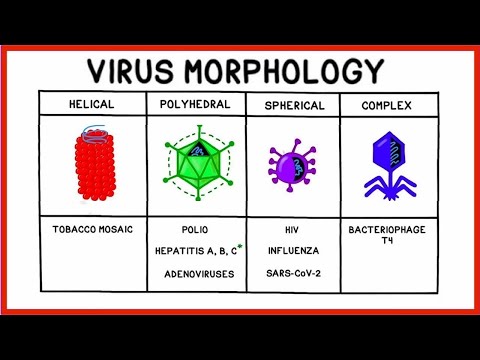
Host Range
All cellular organisms can be infected by a virus
Narrow host range: Species-specific. Ex - the smallpox virus can only infect humans
Broad range: Can infect different species of mammals. Ex - rabies virus
Viruses must recognize specific receptor sites on host cells
Life Cycle of Bacteriophages
Bacteriophages: Viruses that infect bacteria
Has two life cycles:
Lytic life cycle*
Lysogenic life cycle*
Lytic Life Cycle
5 Steps
1.) Attachment (Locate and Stick)
Attraction between phage “tail fibers” and proteins on the bacterium
2.) Entry (Getting in)
Tail releases enzyme, phage lysozyme breaks down cell wall. The tail contracts and the core is driven through the cell wall and membrane into the host like a needle. Viral enzymes + DNA pass through the tail core into host. Capsid remains outside the bacterial cell.
3.) Synthesis (Making pieces)
Phage genetic info takes over machinery of bacteria cell by turning off synthesis of bacterial components and redirecting the bacterial synthetic system to make phage components
4.) Assembly (Putting it together)
Maturation - Cell is full of viral components, spontaneous assembly of capsids and nucleic acid to make viral particles
5.) Lysis (Getting out)
Destruction of cell wall and membrane by lysozyme. Virus released. Bacterium destroyed, lysed or eaten.
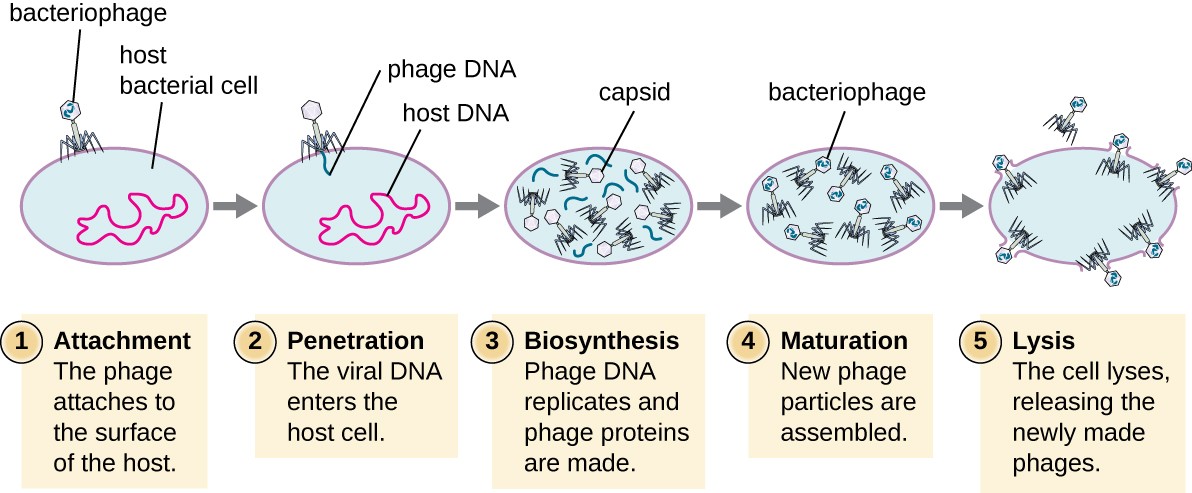
Lysogenic Life Cycle
Only 2 steps:
Attachment
Entry
After entry, there is NO synthesis
Phage DNA integrates into the bacterial chromosome called a prophage*
Dormant/inactive
The bacterium carrying the prophage is a lysogen. The prophage is replicated along with the bacteria’s DNA during cell division. Doesn’t kill the bacteria.
Induction - Occurs occasionally when environmental factors trigger the excision of DNA, starting the lytic cycle
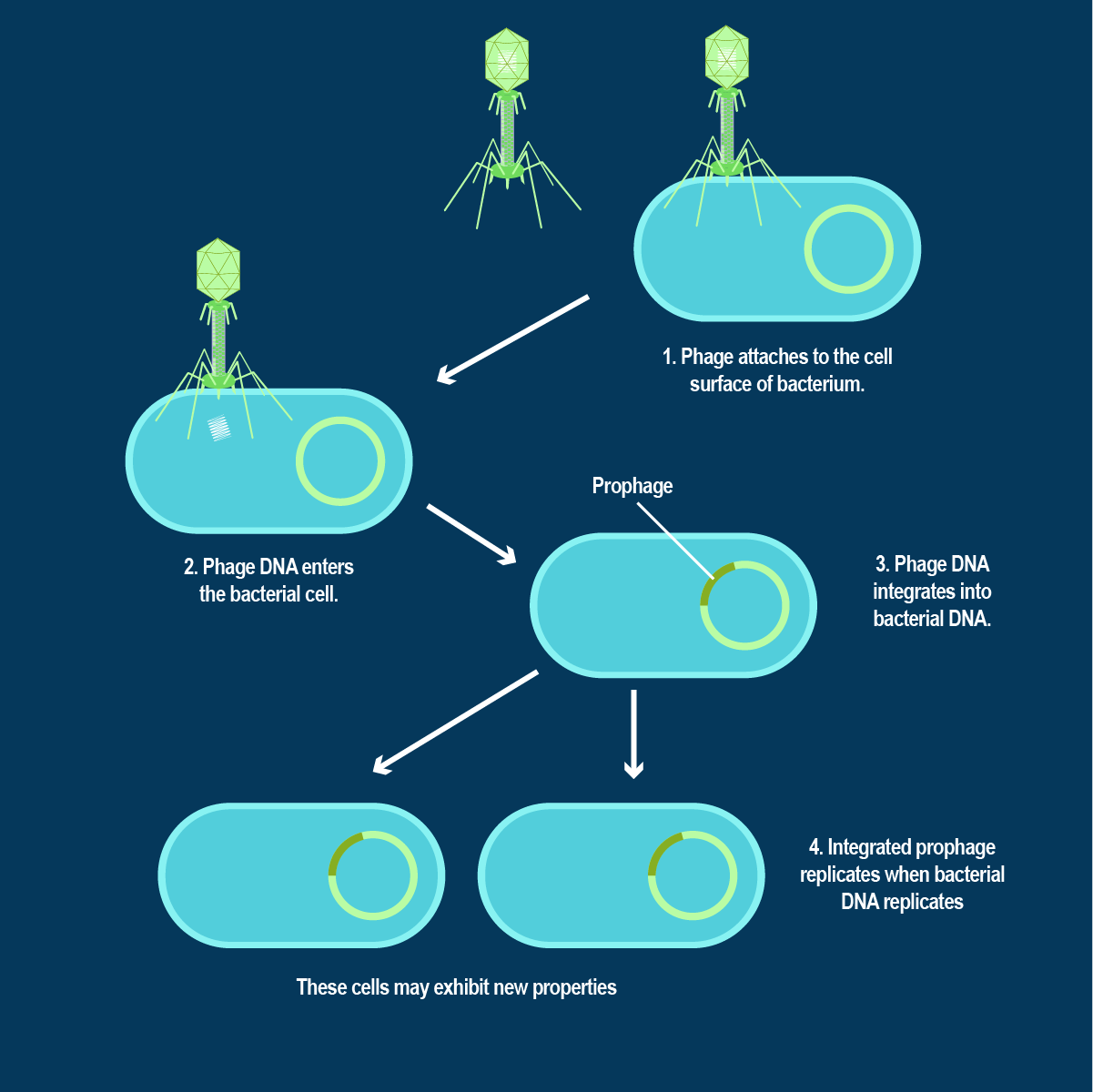
What are the consequences of Lysogeny?
Host becomes immune to reinfection by the same virus, but can be infected by other viruses
Phage conversion
Host can exhibit new properties like picking up toxin genes.
Transduction*
The transfer of bacterial genes from one bacteria to another
What’s the difference between the Lytic and Lysogenic life cycles?
Lytic - 5 steps
Lysogenic - 2 steps, doesn’t kill host bacteria immediately
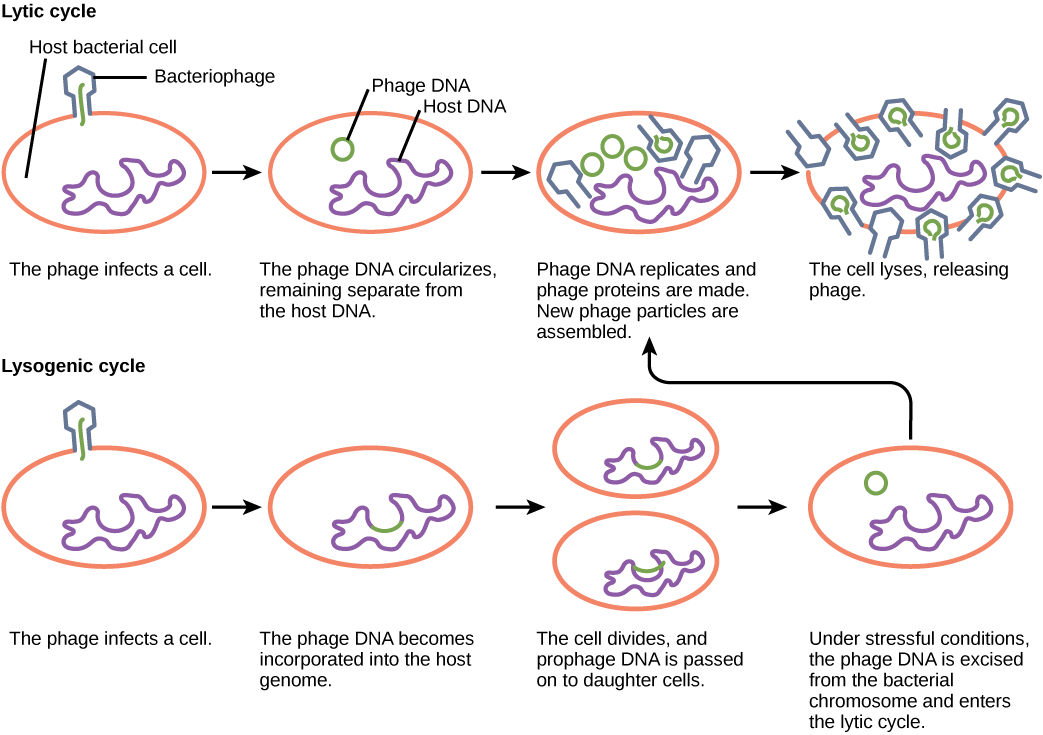
Provirus vs. Prophage
Provirus:
Genetic material of a retrovirus
Host: Eukaryotic cells
Do not come out
Can inhabit a host for years without any symptoms
Changes in the immune system can cause activation and acute infection
Shingles
Prophage:
Genetic material of a bacteriophage
Host: Bacteria
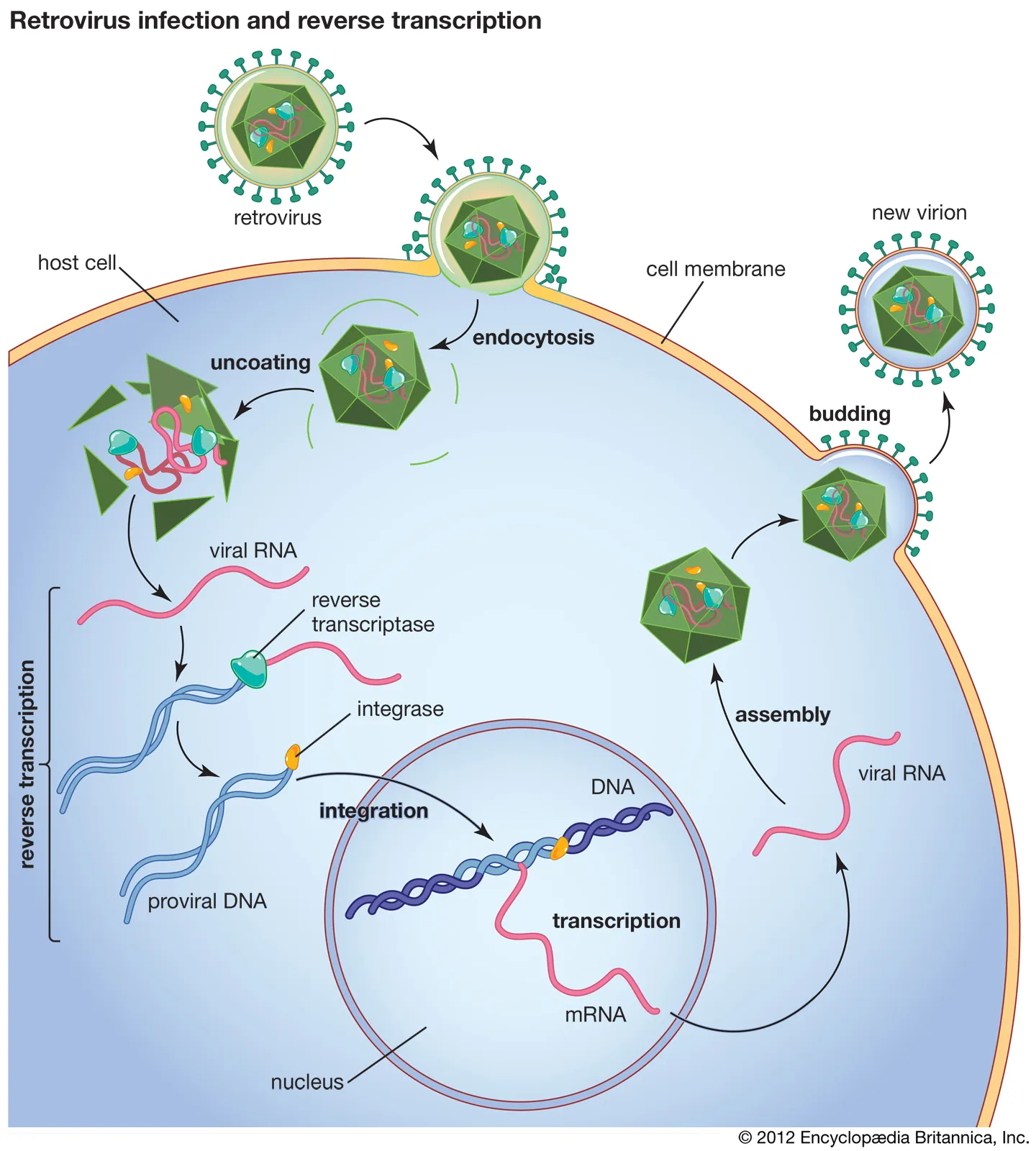
Latency vs. Oncogenisis
Latency:
Same as lysogeny of phage
Viral genome integrates into the host chromosome
Dormancy stage
Oncogenesis:
Process in which normal cells transform into cancer cells.
Abnormal cell division
Viral latency may disrupt genetic control, leading to abnormal growth
Prions*
An infectious protein
Normal cellular protein → becomes infectious
Genetic predisposition
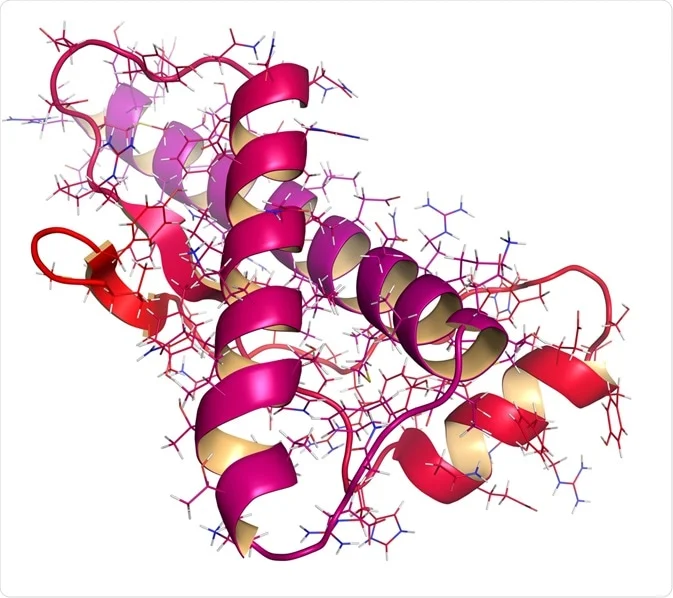
Viroids*
Infectious particles
Non-capsid
Circular RNA
Extremely small
Found in plants
Smaller RNA pieces
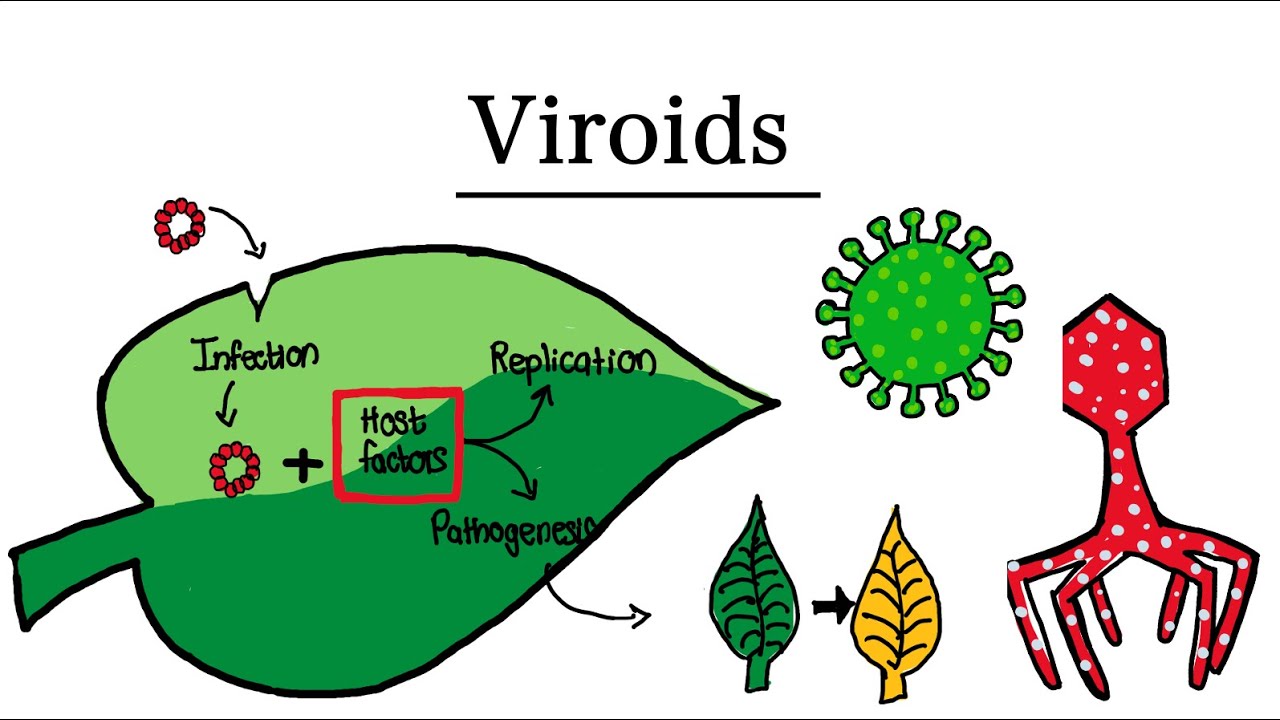
Life Cycle of Animal Viruses
Assemble in the nucleus or cytoplasm
Release by budding with or without an envelope or by lysis (lytic cycle)
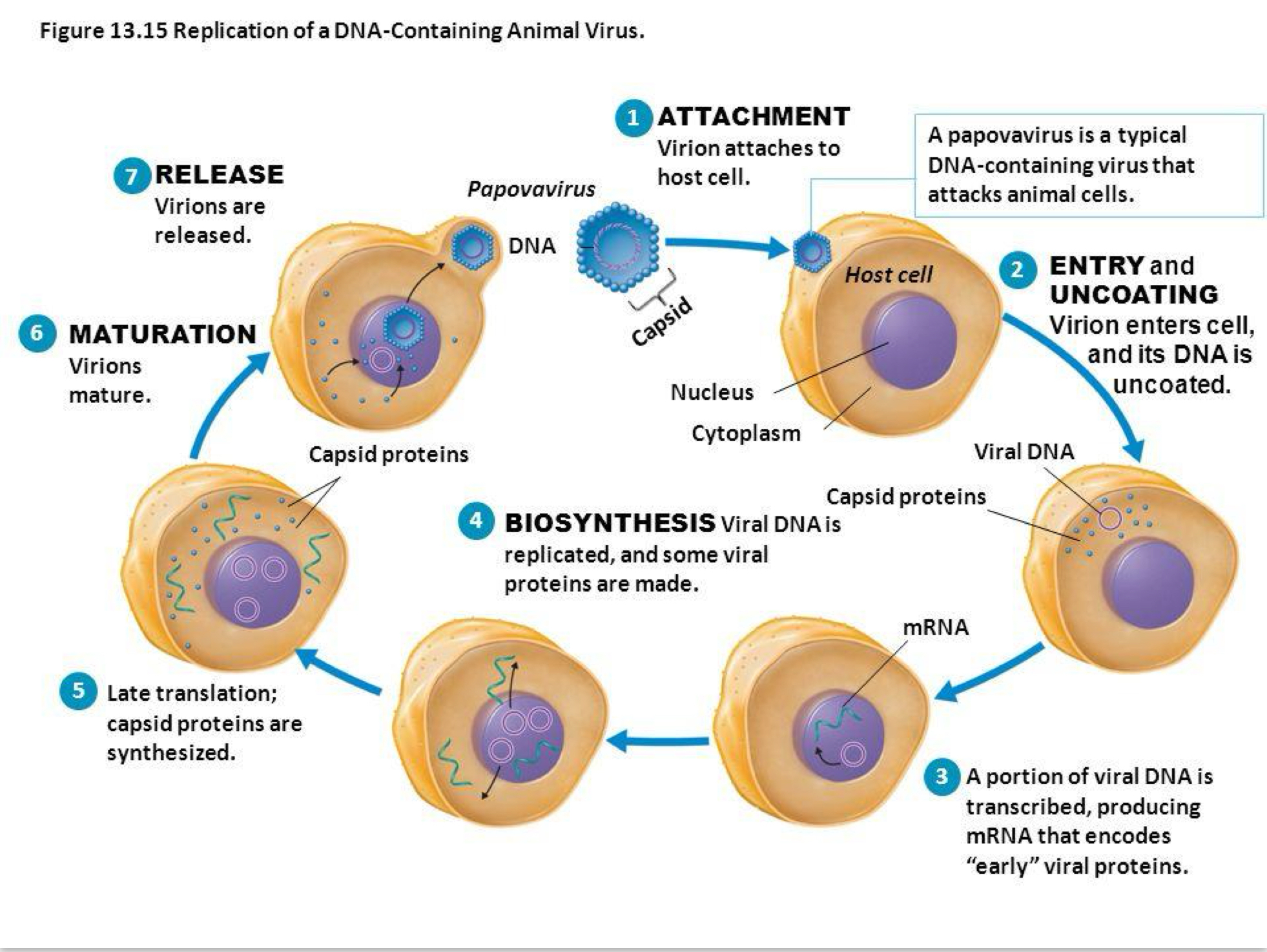
Replication of Viral Genomes
